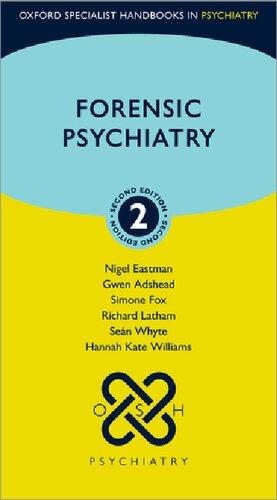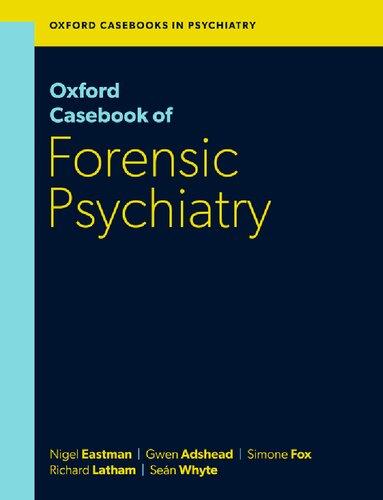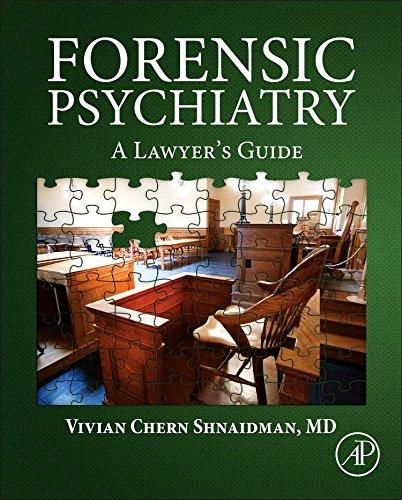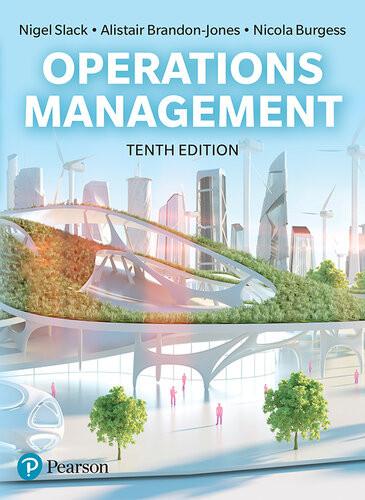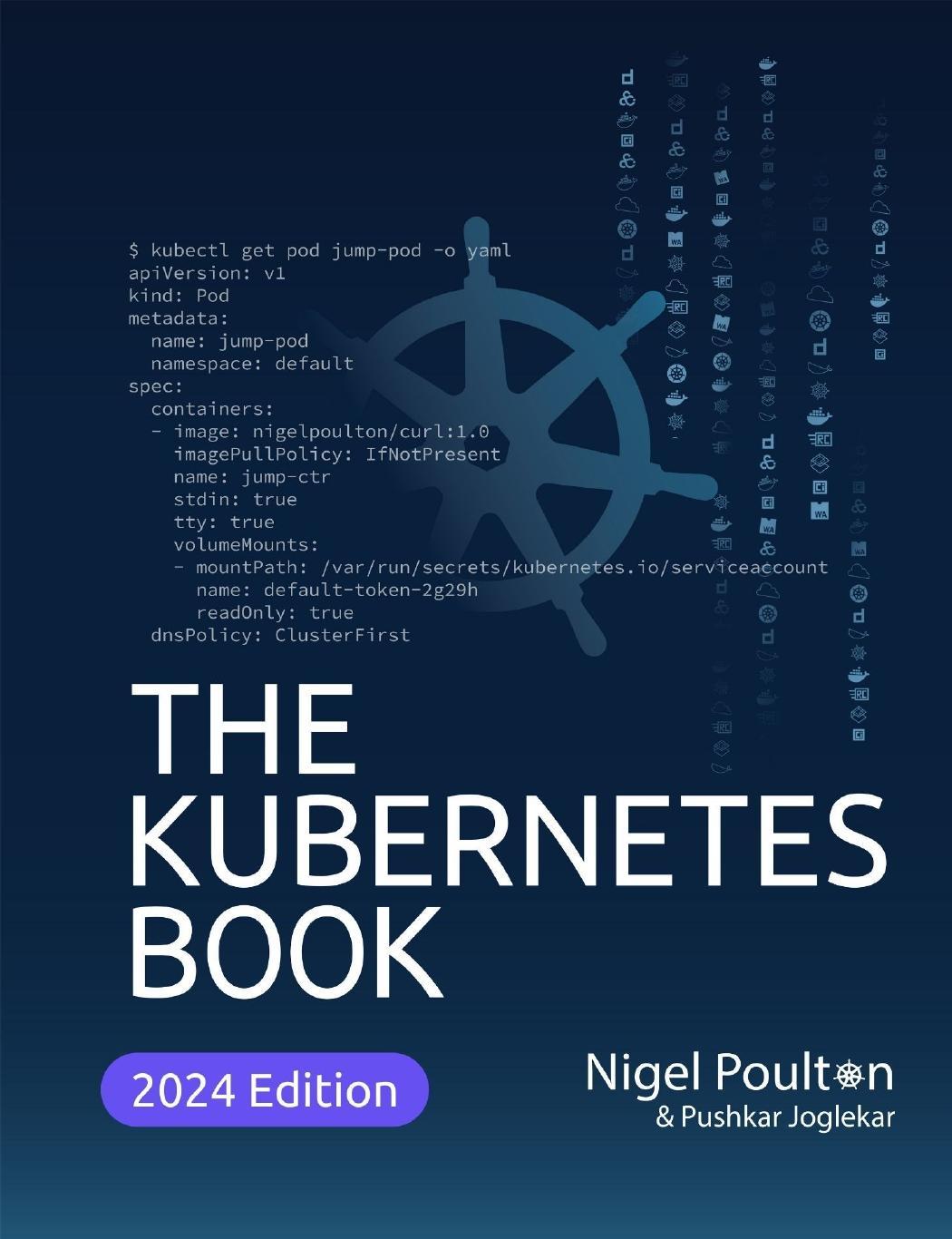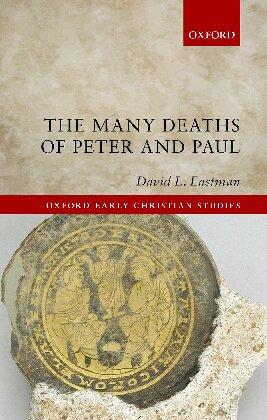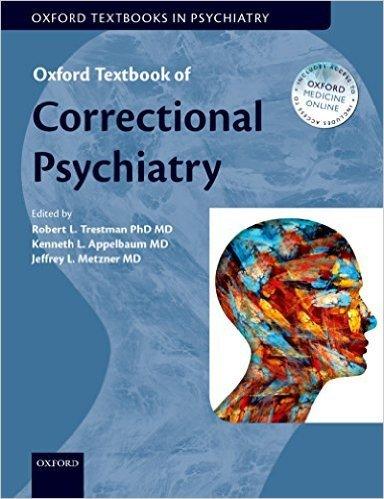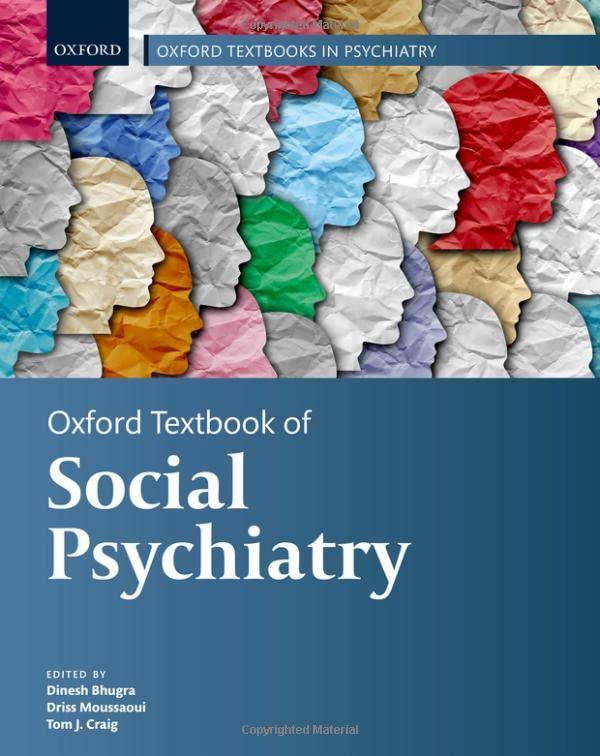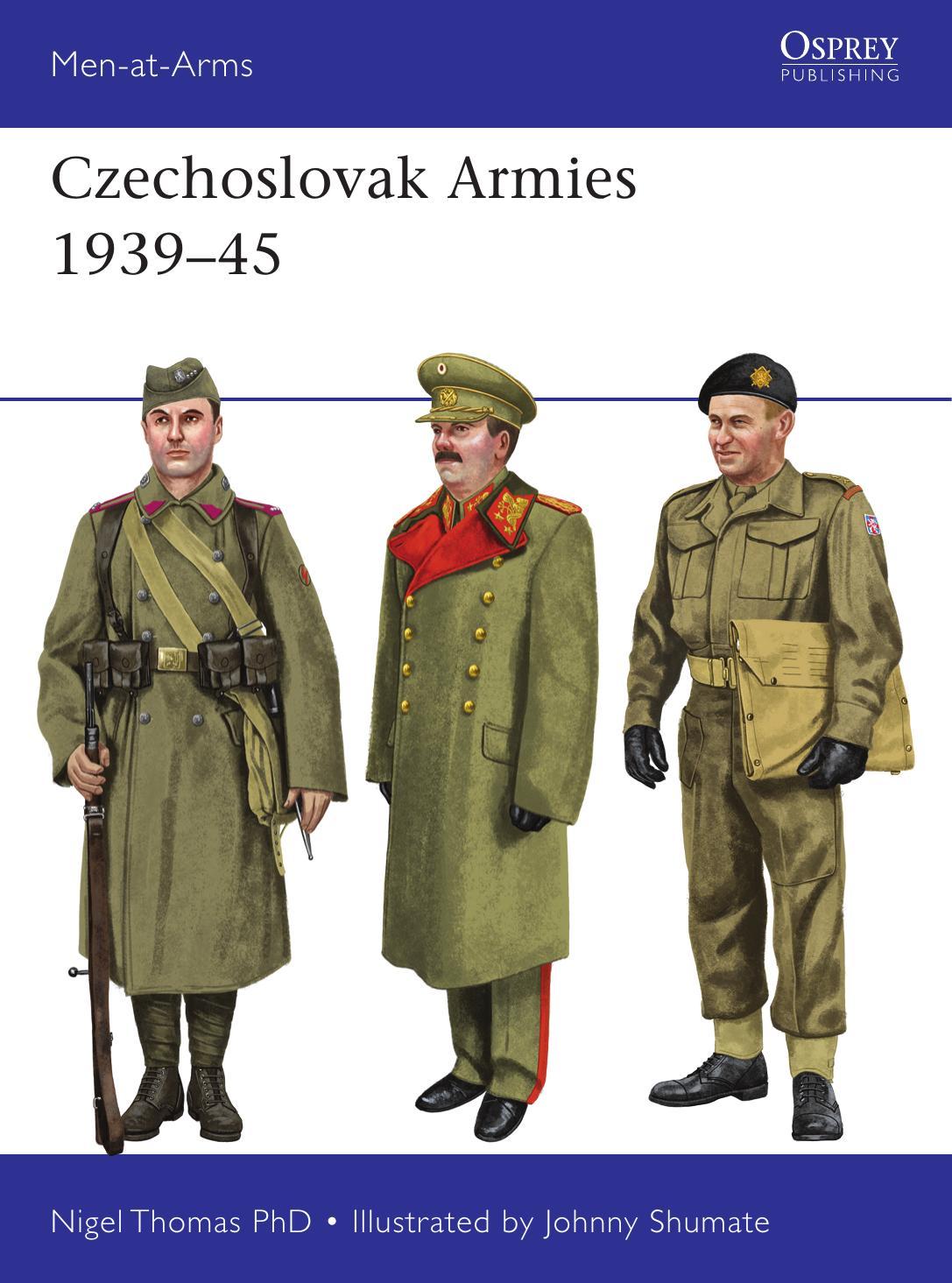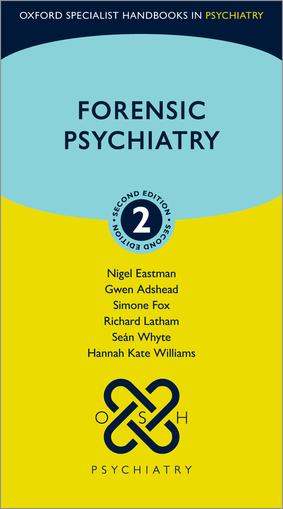Forensic Psychiatry
SECOND EDITION
Nigel Eastman
Emeritus Professor of Law and Ethics in Psychiatry
St George’s, University of London
Honorary Consultant Forensic Psychiatrist
South West London & St George’s Mental Health NHS Trust
Gwen Adshead
Consultant Forensic Psychiatrist and Psychotherapist
Broadmoor Hospital
Simone Fox
Consultant Clinical and Forensic Psychologist
South London and Maudsley NHS Foundation Trust
Richard Latham
Consultant Forensic Psychiatrist
East London NHS Foundation Trust
Seán Whyte
Consultant Forensic Psychiatrist and Clinical Director
South-West London & St George’s Mental Health NHS Trust
Visiting Senior Lecturer, Institute of Psychiatry, Psychology & Neuroscience, King’s College London
Hannah Kate Williams
Specialty Registrar in Forensic Psychiatry & Medical Psychotherapy
South-West London & St George’s Mental Health NHS Trust
Great Clarendon Street, Oxford, OX2 6DP, United Kingdom
Oxford University Press is a department of the University of Oxford. It furthers the University’s objective of excellence in research, scholarship, and education by publishing worldwide. Oxford is a registered trade mark of Oxford University Press in the UK and in certain other countries
© Oxford University Press 2023
The moral rights of the authors have been asserted
First Edition published in 2020
Second Edition published in 2023
All rights reserved. No part of this publication may be reproduced, stored in a retrieval system, or transmitted, in any form or by any means, without the prior permission in writing of Oxford University Press, or as expressly permitted by law, by licence or under terms agreed with the appropriate reprographics rights organization. Enquiries concerning reproduction outside the scope of the above should be sent to the Rights Department, Oxford University Press, at the address above
You must not circulate this work in any other form and you must impose this same condition on any acquirer
Published in the United States of America by Oxford University Press 198 Madison Avenue, New York, NY 10016, United States of America
British Library Cataloguing in Publication Data
Data available
Library of Congress Control Number is on file at the Library of Congress
ISBN 978–0–19–882558–6
DOI: 10.1093/med/9780198825586.001.0001
Printed in the UK by Ashford Colour Press Ltd, Gosport, Hampshire
Oxford University Press makes no representation, express or implied, that the drug dosages in this book are correct. Readers must therefore always check the product information and clinical procedures with the most up-to-date published product information and data sheets provided by the manufacturers and the most recent codes of conduct and safety regulations. The authors and the publishers do not accept responsibility or legal liability for any errors in the text or for the misuse or misapplication of material in this work. Except where otherwise stated, drug dosages and recommendations are for the non-pregnant adult who is not breast-feeding
Links to third party websites are provided by Oxford in good faith and for information only. Oxford disclaims any responsibility for the materials contained in any third party website referenced in this work.
Professor Nigel Eastman died unexpectedly in February 2022, while this work was still in press. Prof. Eastman was a passionate and dedicated educator, and his publications are a testimony to that passion, and the culmination of a lifetime of study, clinical practice and research. This book would not exist without him and it is with both sadness and respect that we, his co-authors and editors, dedicate this book to him, as a posthumous thank you for the enthusiasm, intellect and generosity that made it possible.
As for the first edition, this book is dedicated to the late Dr James MacKeith, a compassionate forensic psychiatrist who dedicated his wisdom and integrity to both the care of his patients and properly informing legal process
Preface
The preface to the first edition of the handbook offered justification for addressing its ‘psychiatry and law interface’, alongside clinical forensic psychiatry, based upon the fact that UK practice of forensic psychiatry had, by 2012, substantially moved on from its largely clinical service roots. So that ‘forensic psychiatry’ had become, and now firmly is, concerned with both the clinical discipline of assessing and treating mentally disordered offenders and the meeting of law and all psychiatry, within the academic discipline of ‘psycho-legal studies’. Hence, now a significant proportion of higher trainee forensic psychiatrists not only train in their clinical speciality but also undertake some form of legal training, most commonly an LLM in Mental Health Law; based upon recognition that clinical forensic psychiatry cannot be practised effectively, or ethically, without a real understanding of how psychiatry and law relate to one to the other (and often ‘don’t’). Whilst some higher training schemes have developed ‘psycho-legal workshops’, which aim to offer ‘quasi experience’ at the interface between clinical psychiatry and law. And, most notably, the GMC New Curriculum for Forensic Psychiatry includes the express requirement for forensic trainees (surely also seniors) of gaining both ‘knowledge’ of a wide range of relevant law and also ‘capabilities’ that are not only clinical but also ‘clinico-legal’.
This second edition of the handbook is published alongside its companion volume, the Oxford Casebook of Forensic Psychiatry. This offers a wide range of ‘case problems’ across both ‘clinical forensic psychiatry’ and ‘law and psychiatry’, as well as some related separate advisory text on ‘decisionmaking techniques’ and ‘critiquing paradigms for decisions taken’; with cross referencing into this new edition of the handbook to enable the reader to find information relevant to each case. It is also presented in a fashion that allows for psychiatrists from other Commonwealth common law jurisdictions to import their own particular law into the cases.
The necessity of understanding ‘law and psychiatry’ is not limited to those who practice the designated speciality of forensic psychiatry. It applies to all psychiatrists who are regulated by, operate within, or make use of law. And this is emphasised by the advancing scope and complexity of mental health and mental capacity legislation, and their interface; making increasingly ‘technical’ satisfying the duty of all psychiatrists not only to treat their patients well clinically but also to pay proper regard to their civil rights. The three domestic jurisdictions, plus the RoI, reflect each nation’s different emphasis on individual freedom, paternalism, legalism, and public protection. So that, whilst their various mental health laws remain true to many of the principles of the first very early Mental Health Acts, particularly medical dominance within the legal process, the details have diverged in the four jurisdictions. So that we lay out a detailed comparison of each of the four jurisdiction’s law in regard to treatment of both mental and physical conditions; including for Northern Ireland the new ‘fusion’ legislation expressed by the MCA(NI) Act 2016, due soon to come into force. Notably, the UK
government has very recently published, post the Wessely Review, a White Paper for its intended new Mental Health Act for England and Wales. It is also not possible for criminal lawyers effectively to represent or prosecute someone with a mental disorder, or for any civil lawyer to deal properly with a litigant in any legal context involving psychiatric evidence, without a real understanding of both the nature of psychiatry and of its interface with law. Hence, this handbook remains distinct from others in the OUP series in addressing not one discipline but two, and the relationship between them. As such it is intended therefore not only for trainees and senior practitioners in forensic psychiatry, indeed all psychiatry, but also for all lawyers who need to understand psychiatric concepts and thinking, and how they relate to law and legal process.
The justification for a second edition of the handbook lies not only in its ‘companion’ relationship with the Oxford Casebook but also in the substantial legal, research, clinical, and service developments that have occurred since publication of the first edition.
The first edition was published very soon after the partial defences to murder had been reformed in England and Wales, based upon the recommendation of Law Commission that particularly ‘diminished responsibility’ should be made much more congruent with psychiatry. With the implication also that there should be less room for jury decision-making not properly underpinned by expert evidence. However, in a number of important cases the Court of Appeal has been highly resistant to this change, and effectively has dragged the law back towards its perhaps natural, and more comfortable, incongruence with medicine, expressed in reiteration of the traditional ‘primacy’, even ‘exclusivity’, of the jury, so as to render the practical impact of the reform minimal. We also further describe developments in the law of insanity, automatism, and intoxication, as well as in regard to ‘joint enterprise’; with an update also on the law of self-defence in Irish law. And there is new law in England and Wales on both ‘coercive control’ and ‘slavery’. We have also updated our treatment of safeguarding in light of its new statutory basis. In regard to civil rights, there is new law on ‘deprivation of liberty safeguards’, and the boundary between applying the MHA and MCA, and on Article 2 of the ECHR, plus further developed extradition case law. We also now give law relating to the regulation of medical practice, including expert witness practice, enhanced space.
The Sentencing Council helpfully published in 2020 Sentencing Offenders with Mental Disorders, Developmental Disorders, or Neurological Impairments. Although this emphasises ‘culpability’ over ‘safety’, including perhaps privileging ‘hybrid orders’ over ‘hospital orders’. The Guidance not only requires expert witnesses to offer reports written in its terms, but also presents ethical challenges to such experts. It also has potential implications for services.
In line with our intention to render both the handbook and the casebook further applicable to non-UK common law jurisdictions in the Commonwealth, this edition also deals with the death-penalty and related capital jurisdiction practice.
Relevant epidemiological knowledge has advanced a good deal since the first edition was published, particularly expressed through a number of
well-designed systematic reviews which allow us to be better able to quantify the magnitude by which various mental disorders affect the risk of violence, and, perhaps more importantly, to examine hypotheses about how much other factors such as socioeconomic status, family environment, and substance misuse do (or do not) explain away increased risks of violence for some mental disorders. For this reason, the clinical pages have changed substantially, with updated epidemiological data and with many questions posed in the first edition now answered, on occasion leading to new understanding that contradicts what was common understanding at the time of publication of the first edition. We have also included reference to recent research about the effectiveness of various treatment programmes discussed in the first edition, for example sex offender programmes, whilst highlighting some gaps upon which the next generation of researchers might focus their efforts. Forensic psychotherapy was inadequately dealt with in the first edition, and we hope that we have now rectified this.
Clinically we have enhanced our treatment, in relation to offending, of developmental disorders, including autism, ADHD, and intellectual disability; neuroscience; dementia; traumatic brain injury; genetic disorders; and sexsomnias. We have also included more about marginalised groups, with new pages on ethnicity, transgender issues, and old age psychiatry within forensic psychiatry. Of particular importance, we have now given more space to physical health in secure forensic settings, given the vexed problem of weighing risk management against causing iatrogenic disease. Whilst we have brought together and updated topics previously scattered throughout the first edition. We also have added new topics, including ‘radicalisation’ and its relationship with mental disorder (if any), given expansion of the government’s Prevent and Channel anti-radicalisation programmes into health and social services; plus new drugs of misuse, including ‘legal highs’; and ‘gangs’.
The issue of ‘integrated’ versus ‘parallel’ service provision has now largely been settled in favour of extending specialist service provision into the community (perhaps logically so, in that assessing and managing risk is the more difficult in that context). Alongside some geographically proximate comprehensive forensic mental health services seeking efficiencies and economies of scale by forming ‘service partnerships’. Whilst, in regard to the issue of ‘prison versus hospital’ service provision for offenders with severe personality disorder, DSPD within hospital has been abandoned, in favour of an OPD pathway favouring prison, with some medium secure and very limited high secure provision. We have also now included information about new assessment tools, both in regard to appropriate secure placement of patients and in regard to sexual offenders with intellectual disability.
As regards diagnostic aids, DSM-IV has become -5, and ICD has become 11, and we of have course taken account of this. Although, to economise on space, this edition now refers the reader to those volumes, or to the Handbook of General Psychiatry, for detailed description of categories, rather than reproducing them within the handbook. Both DSM-5 and ICD11 are referred to in the book, but with a focus primarily on DSM-5.
We hope that this new edition of the handbook will make a further contribution to enhanced understanding and enjoyment of the ethical practice of forensic psychiatry, and to the practice of lawyers who have to deal with mentally disordered individuals subject to criminal or civil law.
Abbreviations
5HT 5-Hydroxy Tryptamine (also known as serotonin)
AA Alcoholics Anonymous
ABC Antecedents, Behaviours, Consequences
ABH Actual Bodily Harm
ABI Acquired Brain Injury
AC Approved Clinician (E&W)
ACCT Assessment, Care in Custody, and Teamwork
ACE Adverse Childhood Experiences
ACS Abel Cognitions Scale
ADHD Attention Deficit Hyperactivity Disorder
ADMCA Assisted Decision-Making (Capacity) Act 2015 (RoI)
AMCP Approved Mental Capacity Professional (E&W)
AMHP Approved Mental Health Professional (E&W)
AMP Approved Medical Practitioner (Scotland)
AOT Assertive Outreach Team
AP Approved Premises
APA American Psychiatric Association
ART Aggression Replacement Training
ASBO Antisocial Behaviour Order
ASD Autistic Spectrum Disorder
ASPD Antisocial Personality Disorder
ASR Annual Statutory Report
ASSET Assessment Tool (used by YOTs)
ASW Approved Social Worker (NI)
AWIA Adults With Incapacity (Scotland) Act 2000
BAME Black, Asian, and Minority Ethnic
BCE Before the Common Era (equivalent to BC, Before Christ)
BCS British Crime Survey
BMI body mass index
BPD Borderline Personality Disorder
BPSD Behavioural and Psychological Symptoms of Dementia
CAF Common Assessment Framework
CAMHS Child & Adolescent Mental Health Services
CARATS Counselling, Assessment, Referral, Advice, and Throughcare Services
CAT Cognitive Analytic Therapy
CBT Cognitive-Behavioural Therapy
CCE Child Criminal Exploitation
CCG Clinical Commissioning Group (England)
CCRC Criminal Cases Review Commission (UK)
CD Clinical Director/Conditional Discharge/Conduct Disorder
CE of the Common Era (equivalent to AD, Anno Domini)
CFT Community Forensic Team
CHAT Comprehensive Health Assessment Tool
CID Criminal Investigation Department
CJD Creutzfeld-Jacob Disease
CJS Criminal Justice System
CLIA Criminal Law (Insanity) Act 2006 (RoI)
CMHT Community Mental Health Team
CoP Court of Protection (E&W)
Coru ‘Fair’, the Health & Care Professional Regulator (RoI)
CPA Care Programme Approach (E&W), Continuing Power of Attorney (Scotland)
CPD Continuing Professional Development
CPN Community Psychiatric Nurse
CPS Crown Prosecution Service (E&W)
CPSA Criminal Procedure (Scotland) Act 1995
CQC Care Quality Commission (England)
CRPD UN Convention on the Rights of Persons with Disabilities
CSA Child Sexual Abuse
CSE Child Sexual Exploitation
CSO Community Support Officer
CT Computed Tomography
CTO Community (E&W)/ Compulsory Treatment Order (Scotland)
CU Callous-Unemotional
DA Dopamine, or Dopaminergic
DBS Deep Brain Stimulation
DBT Dialectical Behaviour Therapy
DHSC Department of Health & Social Care (E&W)
DoJ Department of Justice (RoI)
DoL deprivation of liberty
DoLS Deprivation of Liberty Safeguards (E&W)
DMP Designated Medical Practitioner (Scotland)
DPP Director of Public Prosecutions
DSM-5 APA Diagnostic and Statistical Manual, 5th Edition
DSPD Dangerous & Severely Personality Disordered
DTO Detention and Training Order (E&W)
DVLA Driver and Vehicle Licensing Agency (UK)
DVPO Domestic Violence Prevention Order (UK)
ECG Electrocardiogram
ECHR European Convention on Human Rights & Fundamental Freedoms
ECtHR European Court of Human Rights
ECT Electroconvulsive Therapy
EDR Expected Date of Release
EEG Electroencephalogram
EGVE Ending Gang Violence and Exploitation
EIS/T Early Intervention (in psychosis) Service/Team
EMDR Eye Movement Desensitisation Reprogramming
EPA Enduring Power of Attorney (RoI)
EPSE Extra-pyramidal Side Effects
EQUIP Equipping Peers to Help One Another
ERASOR Estimate of Risk of Adolescent Sexual Offence Recidivism
ETS Enhanced Thinking Skills
EU European Union
EUPD emotionally unstable personality disorder
E&W England & Wales
EWO Education Welfare Officer
FASD Foetal Alcohol Spectrum Disorder
FBI Federal Bureau of Investigation (US)
FCAMHS Forensic CAMHS
FFT Functional Family Therapy
FIPP Firesetting Intervention Programme for Prisoners
FME Forensic Medical Examiner (formerly known as police surgeon)
FMHU Forensic Mental Health Unit
fMRI Functional Magnetic Resonance Imaging
FRQ Forensic Restrictiveness Questionnaire
FSH Follicle-Stimulating Hormone
FTTMH First Tier Tribunal (Mental Health) (E&W)
GAD Generalised Anxiety Disorder
GBH Grievous Bodily Harm
GCS Glasgow Coma Scale
GMC General Medical Council (UK)
GnRH gonadotrophin releasing hormone
GP General Practitioner
GRC Gender Recognition Certificate
HCA Health Care Assistants
HCP Health Care Professional
HCPC Health & Care Professions Council (UK)
HCPTS Health & Care Professions Tribunal Service (UK)
HCR20 Historical, Clinical & Risk Management 20-Item Scale
HIW Healthcare Inspectorate Wales
HLA human leukocyte antigen
HMP Her Majesty’s Prison
HMPPS Her Majesty’s Prison and Probation Services
HMRC Her Majesty’s Revenue and Customs
HoNOS Health of the Nation Outcome Scale
HR Human Resources
HSE Health Service Executive (Ireland)
IAPT Improving Access to Psychological Therapies
ID Intellectual Disability
ICD11 WHO International Classification of Diseases, 11th Edition
ICJ International Court of Justice, The Hague
ICS Integrated Care System (UK)/ Indefinite Custodial Sentence (NI), Indeterminate Custodial Sentences
IM Impression Management
IMCA Independent Mental Capacity Advocate (E&W)
IMHA Independent Mental Health Advocate (E&W)
IMR Inmate Medical Record (in prison)
IPP Indeterminate sentence of imprisonment for Public Protection
IPS Individual Placement and Support
IPT Interpersonal Therapy
IPV Intimate Partner Violence
IQ Intelligence Quotient
IRA Irish Republican Army
IRMS Integrated Risk Management Services
IRRMS Intensive Risk and Rehabilitation Managements Services
ISSP Intensive Supervision and Surveillance Programme
IT Information Technology
JP Justice of the Peace
LA Local Authority
LALY Liberty-Adjusted Life Year
LD Learning Disability
LED Licence Expiry Date
LH Luteinising Hormone
LHB Local Health Board (Wales)
LPA Lasting Power of Attorney (E&W)
LPS Liberty Protection Safeguards (E&W)
LREC Local Research Ethics Committee (UK)
LSU Low Secure Unit
MACI Millon Adolescent Clinical Inventory
MAO Monoamine Oxidase (MAOA, type A; MAOB, type B)
MAPPA Multi-Agency Public Protection Arrangements (E&W, Scotland)
MAPPP Multi-Agency Public Protection Panel
MARAC Multi-Agency Risk Assessment Conferences
MASH Multi-Agency Safeguarding Hub
MBT Mentalisation-Based Therapy
MC Medical Council (RoI)
MCA Mental Capacity Act 2005 (E&W)
MCANI Mental Capacity Act (Northern Ireland) 2016
MDO Mentally Disordered Offender
MDT multidisciplinary team
MHA Mental Health Act (E&W 1983; RoI 2001)
MHC Mental Health Commission (NI, RoI)
MHCTA Mental Health (Care and Treatment) (Scotland) Act 2003
MHNIO Mental Health (Northern Ireland) Order 1986
MHO Mental Health Officer (Scotland; a social worker)
MHRT Mental Health Review Tribunal (NI, RoI)
MHT Mental Health Tribunal (Scotland)
MHU Mental Health Unit (of the Ministry of Justice, E&W)
MI Motivational Interviewing (or Mental Illness)
MoCA Model of Creative Ability
MoHO Model of Human Occupation
MoJ Ministry of Justice
MPCS MacArthur Perceived Coercion Scale
MPTS Medical Practitioners Tribunal Service (UK)
MREC Multi-centre Research Ethics Committee (UK)
MRI (Structural) Magnetic Resonance Imaging
MST Multi-Systemic Therapy
MSU Medium Secure Unit
MWC Mental Welfare Commission (Scotland)
NA Narcotics Anonymous (or Noradrenaline)
NAPO National Association of Probation Officers (E&W)
NCA National Crime Agency
NCISS National Council of Investigation and Security Services (US)
NDD neurodevelopmental disorder
NFA No Fixed Abode/No Further Action
NHS National Health Service (UK)
NI Northern Ireland
NICE National Institute of Health and Clinical Excellence (UK)
NIMHE National Institute for Mental Health (England)
NMBI Nursing & Midwifery Board of Ireland (RoI)
NMC Nursing & Midwifery Council (UK)
NPD Non-Parole Date
NPS National Probation Service (E&W)
OASys Offender Assessment System
OCD Obsessive-Compulsive Disorder
ODD Oppositional Defiant Disorder
OLR Order for Lifelong Restriction
ONS Office for National Statistics (UK)
ONSET An Assessment Tool Used by YOTs
OPD Offender with Personality Disorder
OT Occupational Therapy
PACE Police and Criminal Evidence Act 1984 (E&W) / Order 1989 (NI)
PCC Police & Crime Commissioner
PCL-R / -YV Psychopathy Checklist (Revised / Youth Version)
PCN Primary Care Network (England)
PCSO Police Community Support Officer
PD Personality Disorder
PDS Paulhus Deception Scale
PED Parole Eligibility Date
PET Positron Emission Tomography
PICU Psychiatric Intensive Care Unit
PIPE Psychologically Informed Prison Environment
PPANI Public Protection Arrangements for Northern Ireland (cf. MAPPA)
PPD Paranoid Personality Disorder
PPG Penile Plethysmograph
PREM Patient-Related Experience Measure
PRN Pro Re Nata (as required)
PROM Patient-Related Outcome Measure
PSA Professional Standards Authority
PSR Presentence Report
PTSD Posttraumatic Stress Disorder
QALY Quality-Adjusted Life Year
QTc Q-T interval (corrected for heart rate)
RA Responsible Authority
RC Responsible Clinician (E&W)
RCPsych Royal College of Psychiatrists (UK)
RDS Research Development and Statistics
REBT Rational emotive behavior therapy
REC Research Ethics Committee
RoI Republic of Ireland
RMA Risk Management Authority (Scotland)
RMO Responsible Medical Officer (Scotland, NI)
RMP Registered Medical Practitioner
R&R Reasoning & Rehabilitation programme
RSA Road Safety Authority (RoI)
RSU Regional Secure Unit (may comprise both MSU and LSU)
RSVP Risk of Sexual Violence Protocol
SAMM Support After Murder and Manslaughter
SAVRY Structured Assessment of Violence Risk in Youth
SCPO Serious Crime Prevention Order (UK)
SDE Self-Deceptive Enhancement
SED Sentence Expiry Date
SFT Schema-Focused Therapy
SHPO Sexual Harm Prevention Order (UK)
SIFA Screening Interview for Adolescents
SMI Severe (and enduring) Mental Illness
SNASA Salford Needs Assessment Schedule for Adolescents
SOAD Second Opinion Appointed Doctor
SOAP Sex Offender Assessment Pack
SOTP Sex Offender Treatment Programme
SPECT Single Photon Emission Computed Tomography
SPR Scope of Parental Responsibility
SQIFA Screening Questionnaire Interview for Adolescents
STC Secure Training Centre
STEPPS Systems Training for Emotional Predictability and Problem Solving
SVP sexually violent predator
TBI Traumatic Brain Injury
TBS Terbeschikkingsteling (Dutch system similar to DSPD)
TC Therapeutic Community
TCO Threat Control Override
TD Tardive Dyskinesia (Persistent Oro-facial Dyskinesia)
TDCS Transcranial Direct Current Stimulation
TOMM Test of Memory Malingering
TPIM Terrorism Prevention and Investigation Measure (UK)
TWOC Taking (a Vehicle) Without Consent
UK United Kingdom
UN United Nations US United States (of America)
VAF Vulnerability Assessment Framework
VBP Values-Based Practice
VOO Violent Offender Order (UK)
VRAG violence risk appraisal guide
WEMSS Women’s Enhanced Medium Secure Service (E&W)
WHO World Health Organisation
WMA World Medical Association
WPA Welfare Power of Attorney (Scotland)/World Psychiatric Association
YISP Youth Inclusion and Support Panel
YJA/B Youth Justice Agency (NI) / Board (E&W)
YJS Youth Justice System (cf. CJS)
YOI Young Offender Institution
YOT Youth Offending Team
YRO Youth Rehabilitation Order
Part I
